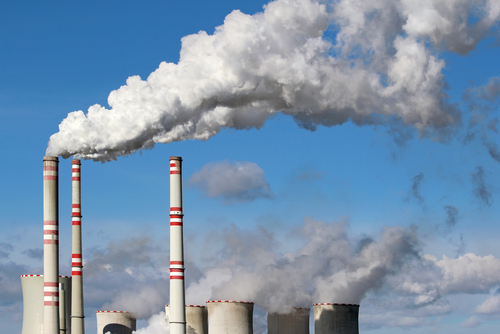 |
The acronym “P2” has become a generic term in the environmental lexicon, but P2 also represents national pollution prevention policy and mandates defined in the PPA of 1990. What makes the PPA different from other environmental laws is that much of what P2 programs have accomplished during the past 24 years has been the result of voluntary industry initiatives supported by federal and state programs, rather than by regulation alone.
In fact, when the PPA of 1990 was passed by Congress, it acknowledged some simple realities, most importantly that the nation’s growing waste and pollution problems could, at least in part, be better managed by advocating source reduction. Toward that end, the Environmental Protection Agency (EPA) created P2 programs, collected and disseminated relevant information and began funding state P2 initiatives and industry grants to get the ball rolling.
Since then, P2 has evolved from a handful of very industry-specific programs involving several thousand businesses to national initiatives that reach across industries and encourage not only sustainable practices that reduce waste but in some cases, also promote the resulting “green” products and processes to ever-more conscientious and demanding U.S. businesses and consumers.
Learn the benefits that can be achieved through a well negotiated/renegotiated agreement and much more during our in-depth webinar on February 25, 2014.
Register Now
For example, EPA’s Design for the Environment (DfE) program promotes the development of safe and cost-effective products for cleaning and other uses. The DfE’s labeling program is especially valuable and utilizes the vast chemical and toxicological resources of the EPA to apply stringent health and environmental safety criteria as well as performance standards to determine product acceptability.
From a waste reduction perspective, DfE standards and criteria include diverse requirements such as rates of biodegradation, degradation products, levels of aquatic toxicity, solvent hazard endpoints, and criteria for direct-release products (primarily products used outdoors), to name just a few. Anyone can submit a product to EPA for review and those interested in products bearing the GfE label can view the list online at http://www.epa.gov/dfe/pubs/projects/formulat/formpart.htm.
EPA’s Sustainable Materials Management (SMM) Program is an initiative that addresses the full life cycle of materials, including use and reuse, to conserve resources, slow climate change, minimize environmental impacts, and reduce waste. This multi-level program provides assistance for consumers and for businesses, universities and governments including how to conduct a life-cycle assessment, maximize the use of DfE products, and utilize recycling of both consumer and industrial materials.
Join us for an in-depth webinar on February 25 . Our speaker, a seasoned EHS professional who has extensive experience in negotiating and renegotiating contracts, will provide participants with a tested approach for using EHS and supply chain managers’ respective perspectives and knowledge on solid waste to foster a proven approach that can provide big benefits.
SMM also includes three voluntary challenge opportunities, two of which are open to consumers and private organizations:
1) The Food Recovery Challenge offers assistance, advice and instruction for consumers, grocers, and food service providers about how to not only reduce food wastes going to landfills and incinerators, but also ways to recover food for feeding people and animals, as well as for industrial uses and composting.
2) The Electronic Recycling Challenge helps consumers, equipment manufacturers and retailers participate in certified recycling programs and safely manage used electronics.
Also popular is the EPA’s Green Chemistry program that is designed to eliminate hazardous substances in chemical products and processes by:
- Preventing pollution at the molecular level
- Making practices applicable to all areas of chemistry
- Applying innovative solutions to real environmental problems
- Preventing pollution through source reduction
- Reducing negative chemical impacts on humans and the environment
- Minimizing/eliminating hazards from existing products and processes
- Designing chemical products and processes with reduced hazards
In addition to information, technological assistance and funding, the Green Chemistry program also offers the Presidential Green Chemistry Challenge, in partnership with the American Chemical Society Green Chemistry Institute® and other industry organizations.
